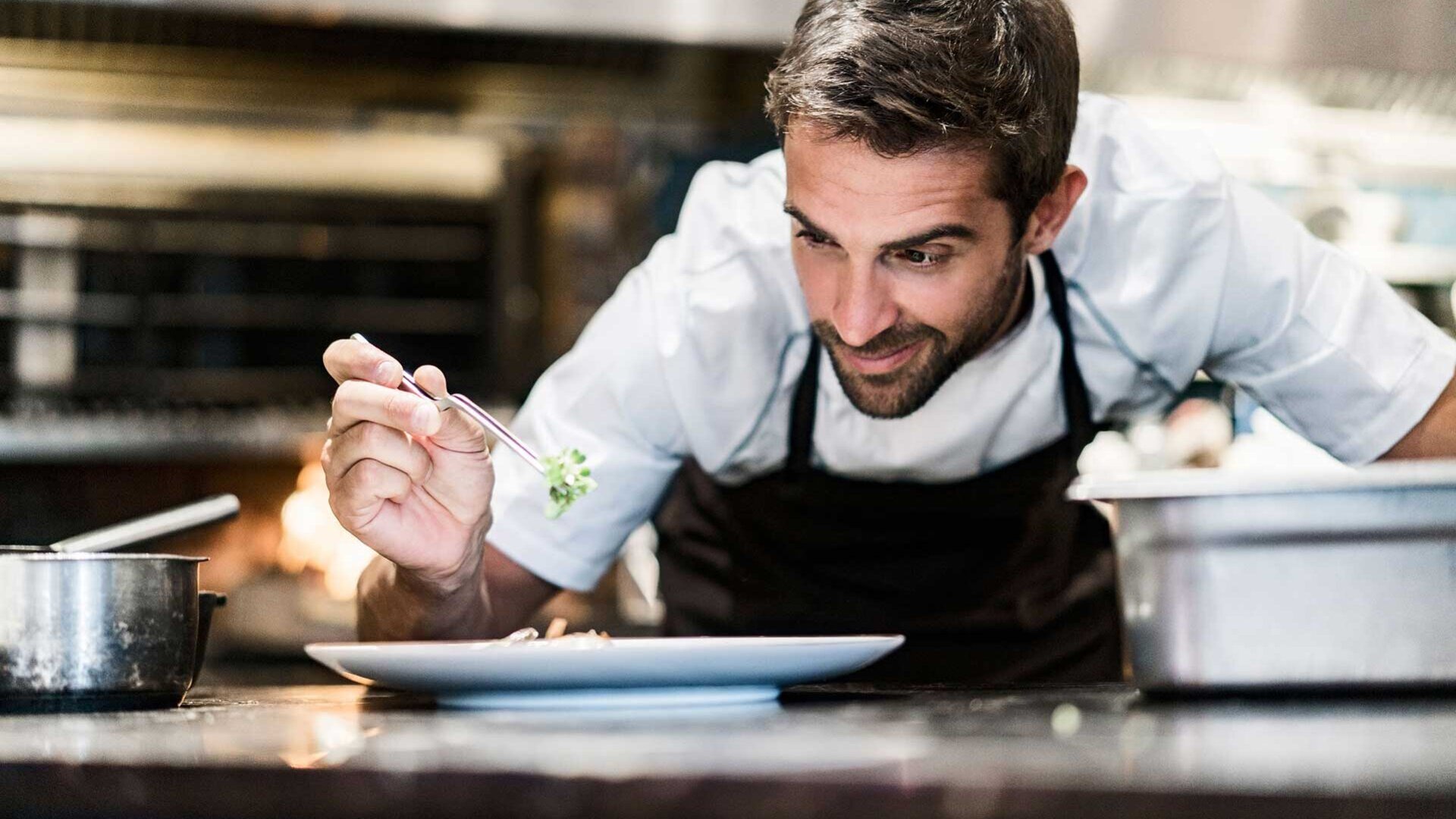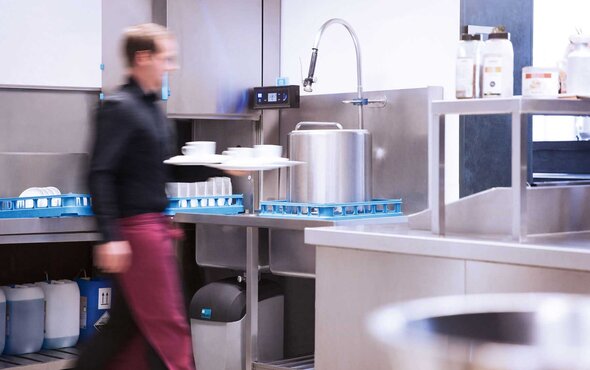Clever cooks know how to cook energy efficiently. After all, electricity accounts for 70 % of costs in the food service industry. For example, two fingers of water in the pan is all you need to boil eggs. And that saves energy. You see, the smaller the volume of water, the quicker it reaches its boiling point. That requires much less energy than giving your eggs a full bath! Simply use a well-fitting lid and use the hot steam to cook your eggs even quicker than using liquid water.
Tricks like these mean chefs in hotels, restaurants and canteens can kill three birds with one stone: they save time, money and resources.
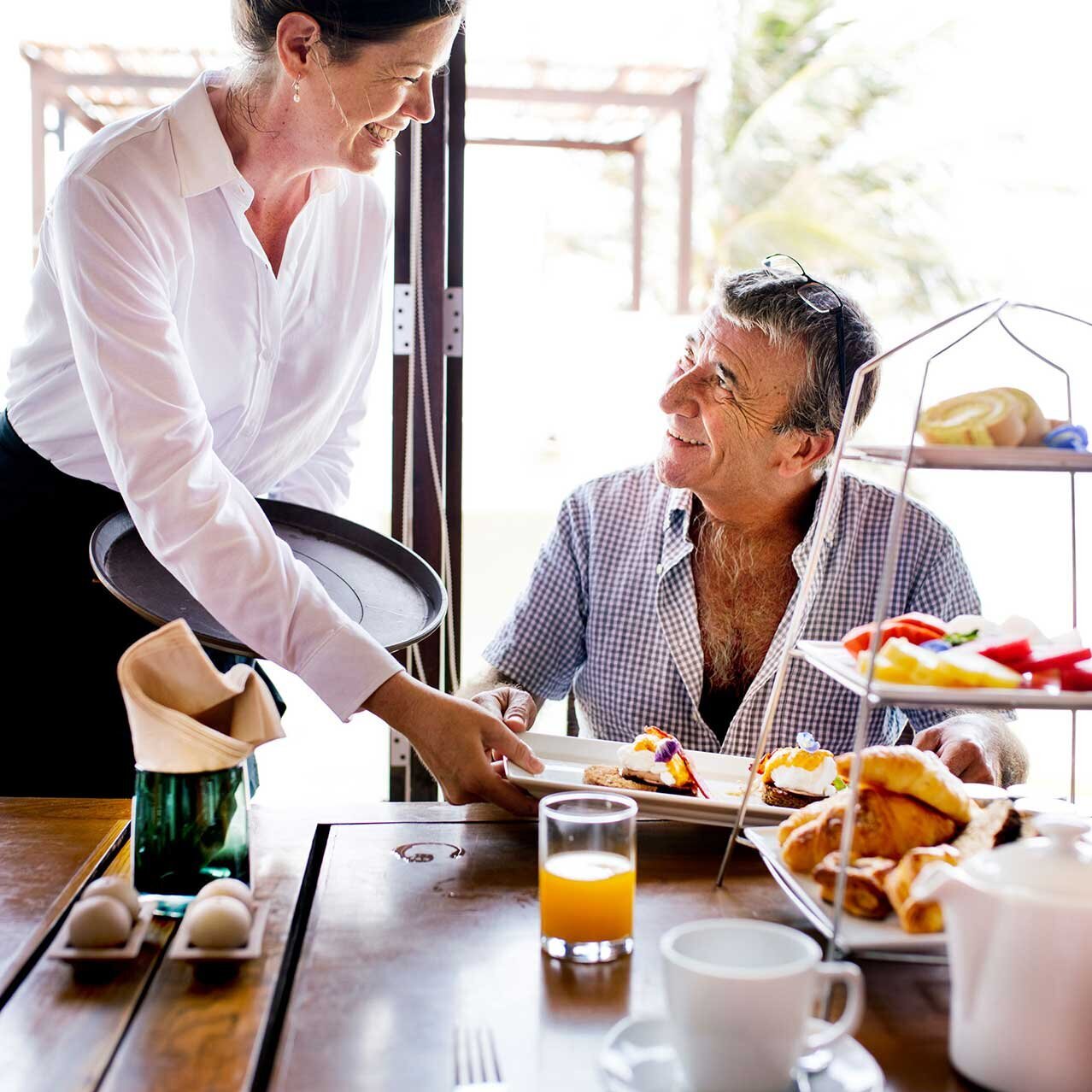
These days, that is a requirement, not an option. Being sustainable doesn't just protect the environment, it is also a way to respond to customers' values – and sustainability in food service is of ever growing importance for diners. This attitude can be seen in the results of a recent survey conducted by Michelin's Bookatable in which 9 out of 10 restaurant diners in Germany, Austria and Switzerland said they would favour an environmentally responsible establishment. This concept refers to sustainable food management but also to how water and energy are used. And this mindset can be found all over the world.
CARING FOR THE ENVIRONMENT AND YOUR PROFITABILITY
All of this means that the food service industry has a challenge on its hands: how do you balance caring for the environment and your profitability? In particular in the kitchen? After all, that is the most expensive area. Cooking in particular uses large amounts of electricity and with energy prices rising, the effects can be seen in monetary terms.
Here we have three tips for how to reduce the energy consumption and cost of cooking.
TIP NO. 1:
Gas and induction hobs are worthwhile investments – for the environment as well as your bottom line
In professional kitchens, everything has to run like clockwork. Speed is key. The cooking in particular, then, cannot take too long or diners will get antsy. And sales per table may be reduced.
Electric hobs do not fit into this equation. They are slow to get up to temperature, losing valuable time. This also causes them to use more energy than gas and induction hobs, which are quicker. These two alternatives, then, are ahead on both environmental friendliness and operating costs.
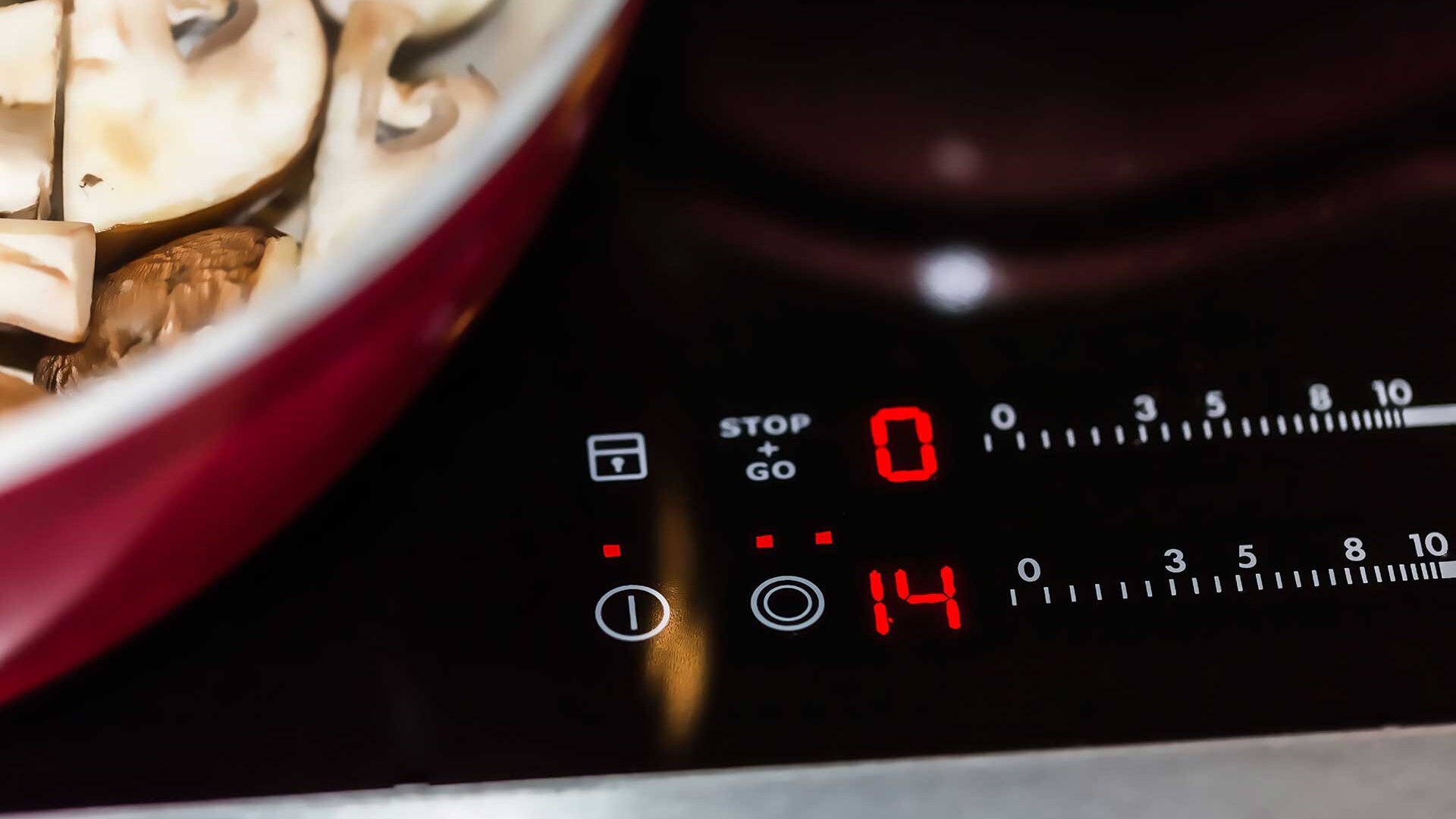
Induction hobs are the Formula 1 of cooking but gas hobs take the prize for efficiency. Gas is the environmental gold standard for restaurant managers – but not quite as quick as induction. On the other hand, gas hobs are cheaper to buy. Modern appliances combine the advantages of both of these options and make it possible to optimise the cost of your kitchen processes while being even more environmentally friendly.
TIP NO. 2:
Use high quality cookware
Low quality pots, pans and urns guzzle energy as cheap products are often poorly insulated, meaning some of the heat simply escapes unused. That means that cooking takes longer and the electric meter keeps on ticking. Clearly that is not a good situation. The same goes for old cookware: if the base has become uneven then less surface area comes into contact with the hob, increasing energy consumption by up to 30 %. Pans receive a lot of hammer in food service to this can happen quickly. Of course, this costs money, meaning that the wrong cookware will shrink your operating income. Restaurants and hotels would therefore be wise to invest in high quality equipment.
TIP NO. 3:
Use fresh rather than frozen produce where possible
Your gran was right all along! Fresh food really does taste better. Plus these days we also know that using fresh produce is more energy efficient and environmentally friendly than using frozen products. You see, the cost of the energy needed to store and then defrost frozen food becomes significant on the scale of a commercial kitchen.
You are better off getting to the wholesale market early each morning. Your diners will taste the difference and keep coming back, meaning you will see double the benefit.
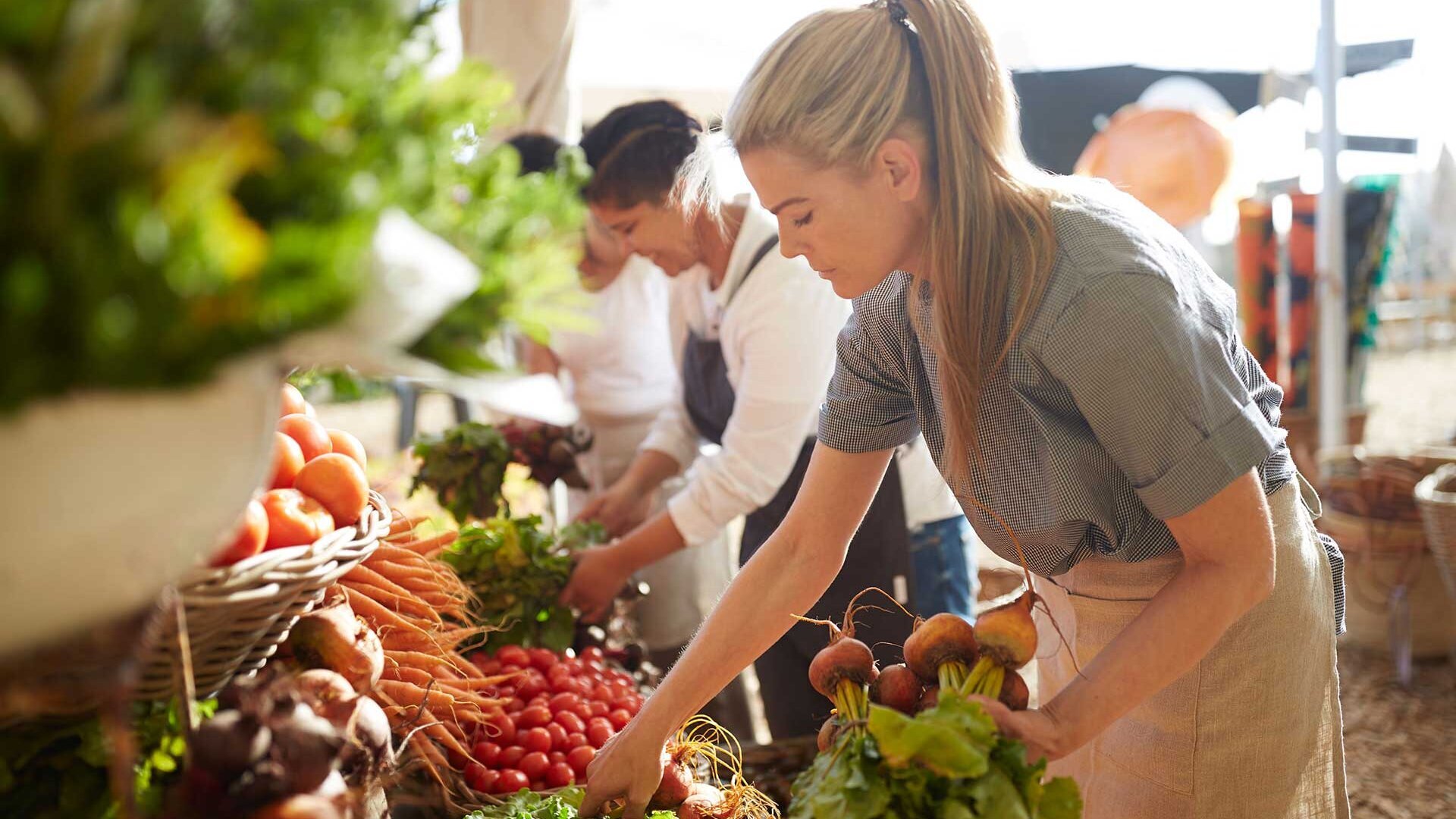
GET ON BOARD WITH ENVIRONMENTALLY FRIENDLY COOKING AND REDUCE YOUR OPERATING COSTS
Of course, there are plenty more ways to make your kitchen processes (more) sustainable, thereby saving money. Our three tips are a good start, though. So get going! Everyone will be better off.
